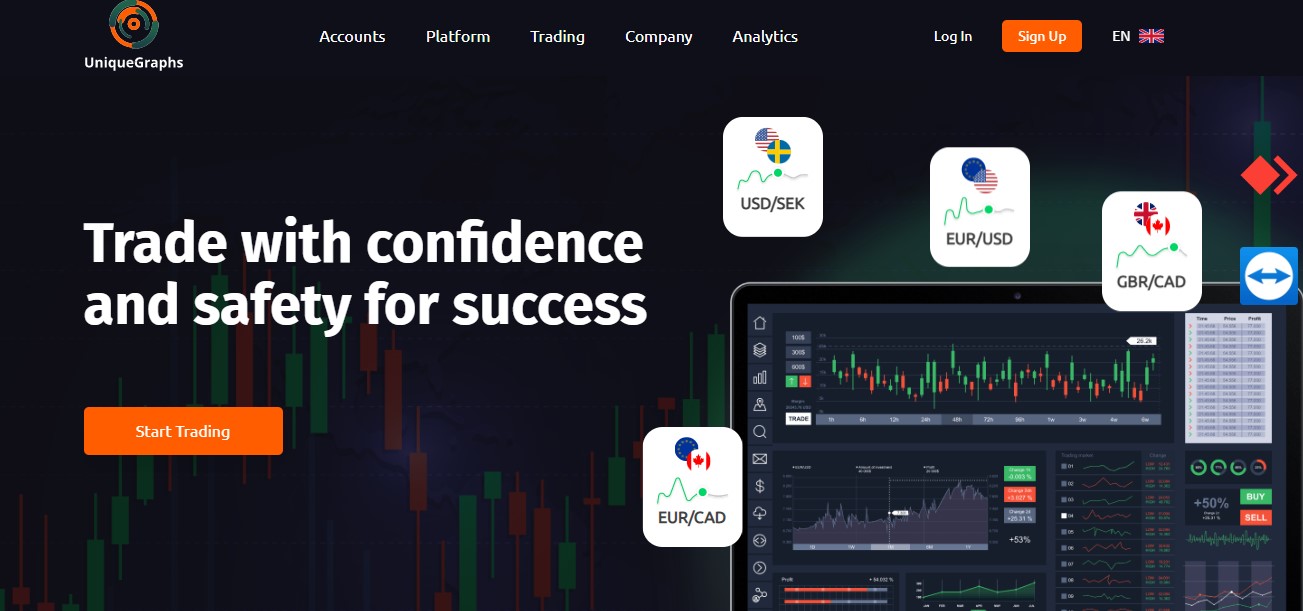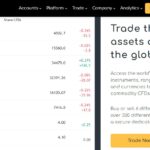Foreign exchange markets have long been known for their high degree of volatility. To properly navigate this landscape, traders need a firm grasp on all elements contributing to these swings and how those influences may alter their strategies. In this post, we cover various facets of market volatility to give you a stronger foundation to navigate this constantly shifting terrain of forex trading successfully.
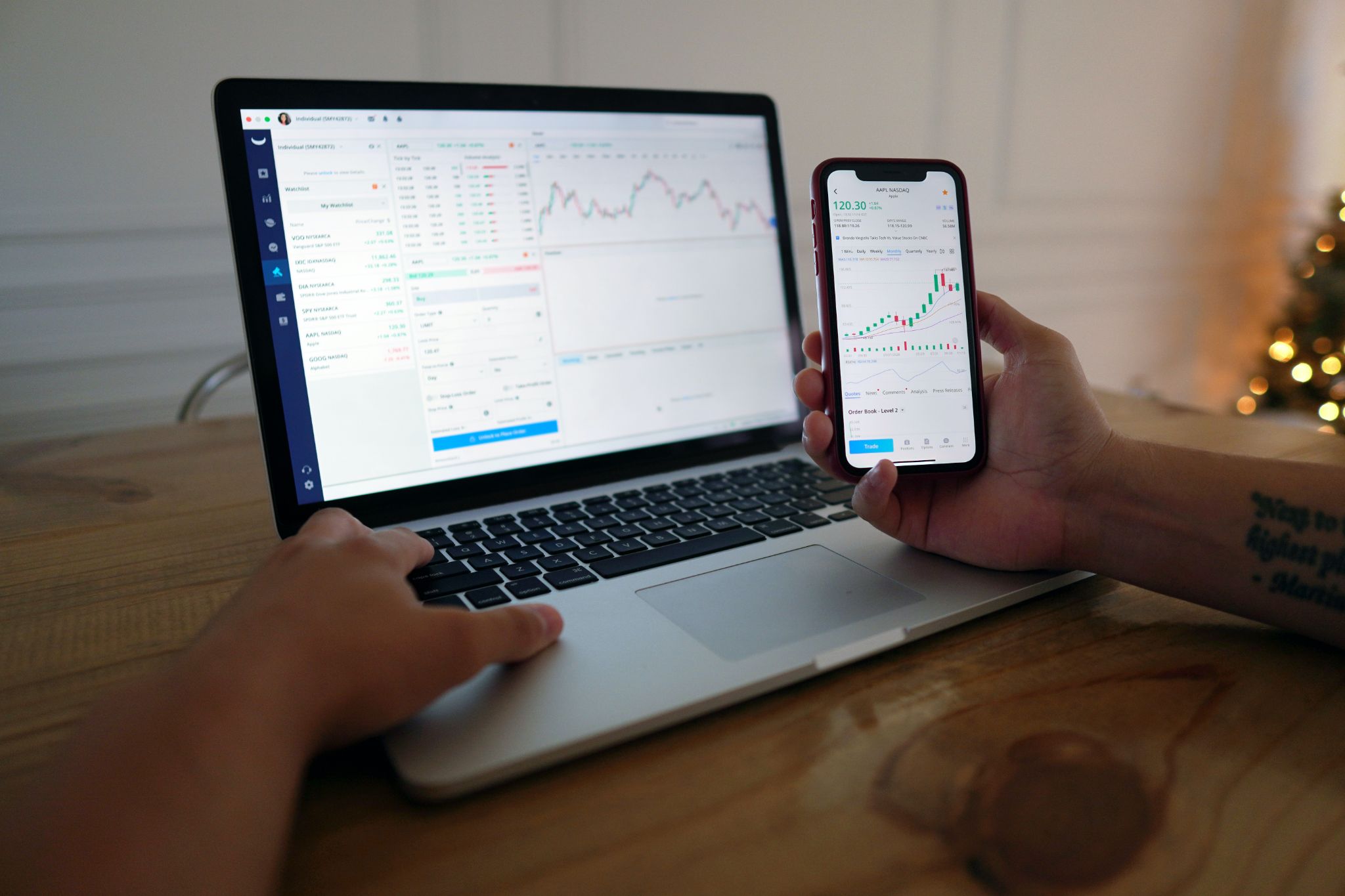
TradingView is your reliable partner in forex trading
Using TradingView provides one of the most effective strategies for monitoring and analyzing the foreign exchange (FX) market. This platform provides access to various tools designed to keep up with changes in the market, make accurate assessments based on accurate information, and help manage trades more efficiently. This gives you an edge over the competition while capitalizing on any opportunities created by market volatility.
Understanding market volatility: key concepts
Before we examine what factors influence market volatility, let’s first make sure we have an adequate definition. “Market volatility” refers to sudden and unpredictable fluctuations in currency exchange rates, which could yield profits or losses for forex traders.
Volatility to consider
Two forms of volatility that traders should look out for are
Historical Volatility: This form of volatility can be calculated using historical data to show how a currency pair has changed over a certain timeframe, making this the most frequently employed type. Traders often utilize this information to gauge the potential risk associated with trading particular pairs.
Implied Volatility: Implied volatility refers to how markets anticipate future volatility, which is reflected in pricing options contracts. By understanding implied volatility, traders might be better equipped to anticipate possible market swings and adapt their trading methods accordingly.
Measuring volatility
There are various methods for measuring volatility in the forex market, such as:
Average True Range (ATR) is a technical indicator used to measure the average range between high and low values of a currency pair over time. A higher ATR value signifies increased volatility, while decreasing volatility is indicated by lower ATR values.
John Bollinger developed Bollinger Bands to illustrate price fluctuations visually. They feature a moving average with two standard deviations added on top and beneath to depict price volatility further. When these bands widen, they suggest increased volatility. When narrowing, they indicate reduced risk.
Volatility Index (VIX): The VIX is a market expectation indicator that measures near-term volatility expectations, commonly known as the “fear index.” Its source lies in pricing options on the S&P 500 stock index. Although specifically focused on stocks, VIX gives insight into overall market volatility that could impact FX trading strategies.
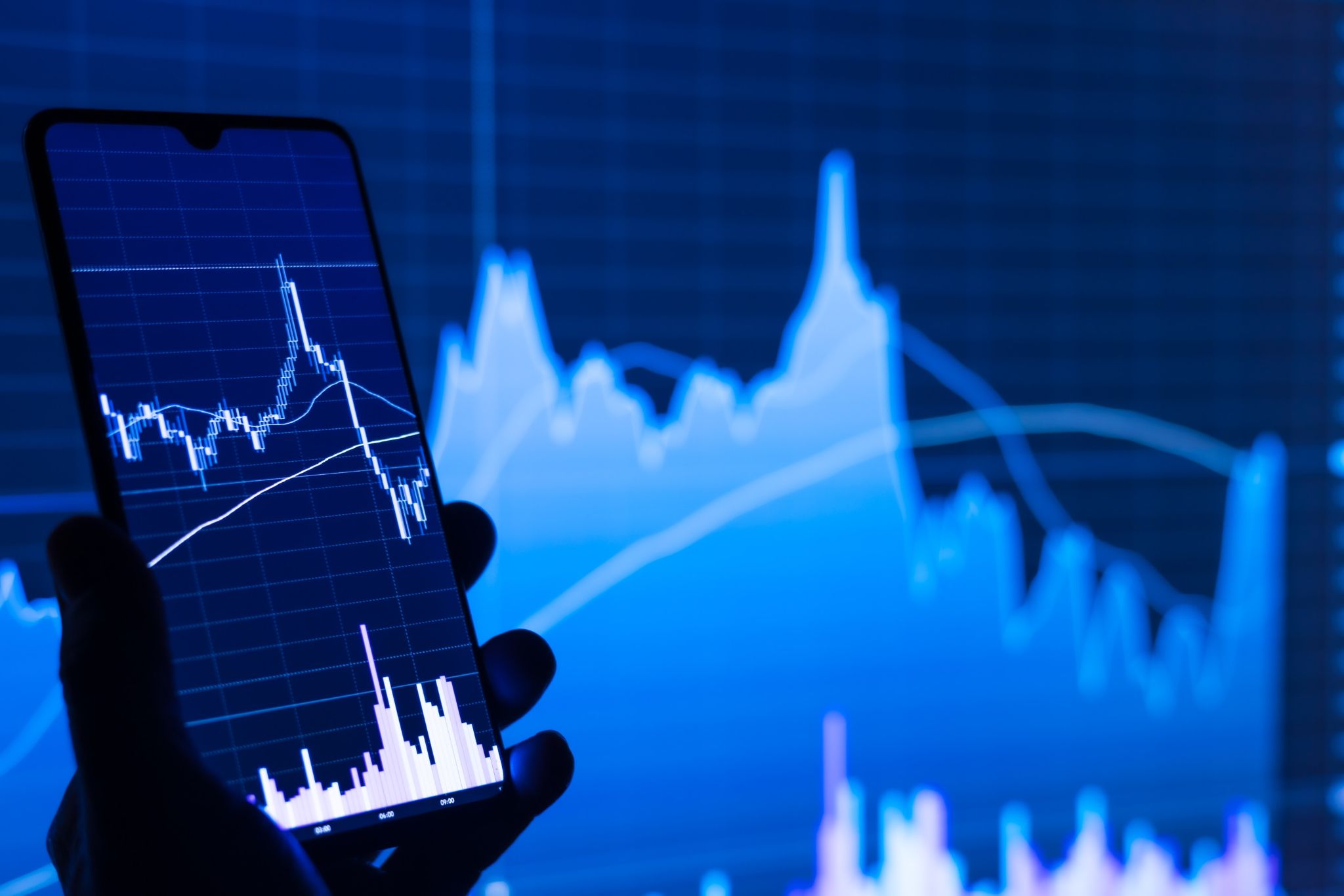
Factors affecting forex market volatility
Numerous variables may cause forex market volatility. To gain a better understanding of this topic, let’s take a closer look at some aspects:
Economic factors
A country’s overall economy is one of the key determinants in calculating its currency’s worth, including the growth of GDP, employment level statistics, and inflation rates – indicators that may lead to fluctuations in exchange rates, which in turn influence market volatility.
Currency values may be influenced by political events
Currency values can be affected not only by economic considerations but also by political events and changes to government policy. Issues that might lead to greater market volatility include elections, diplomatic ties, geopolitical conflicts, and changes in leadership.
Market sentiment
The collective sentiment among market participants may play a large role in the degree of market volatility. Various factors could cause currency value shifts, including changes in investor trust and risk appetite and shifting market expectations.
Central bank interventions
Stabilizing a nation’s currency requires frequent intervention by its central bank in the foreign exchange market, potentially resulting in abrupt price shifts and increased market volatility.
News and events
Market volatility may be significantly altered by significant news events, including natural catastrophes and economic developments that can enormously impact currency pairs. When these occurrences arise, traders often react swiftly, leading to substantial price changes between currency pairings.
Technological factors
Market volatility has also been compounded by technological advances and the increase of algorithmic trading platforms, particularly high-frequency trading, and automated trading systems that execute multiple deals simultaneously, potentially contributing to sudden price swings.
Strategies for trading volatile markets
Let’s examine some strategies for trading in volatile markets now that we understand more about their causes and effects. Here are a few tactics:
Keep a close watch on economic calendars
Forex traders must prioritize staying up to date on upcoming economic events and data releases. Keeping tabs on economic calendars helps traders stay abreast of potential market shifts so they can adjust their trading techniques appropriately.
Utilize technical indicators
As previously discussed, technical indicators like ATR, Bollinger Bands, and VIX can assist traders in better gauging market volatility. By including such indicators in their trading methods, you will manage risks more accurately and make more informed choices based on precise information.
Adopt risk management techniques
Risk management in volatile markets is essential. You can reduce your chances of losses caused by market instability by employing strategies like placing stop-loss orders, adopting appropriate position sizes, and diversifying your portfolio.
Be adaptive
The foreign exchange market is constantly changing, and as a trader, you must be willing and able to adjust your techniques as the environment shifts. Being flexible and accepting new strategies will increase your ability to manage unpredictable markets while capitalizing on potential opportunities.
Stay disciplined
When investing in volatile markets, maintaining disciplined investing practices is crucial to success and focus. Adherence to your trading strategy and staying out of emotional decision-making will allow you to stay the course and remain successful despite what may lie ahead in this ever-evolving foreign exchange market.
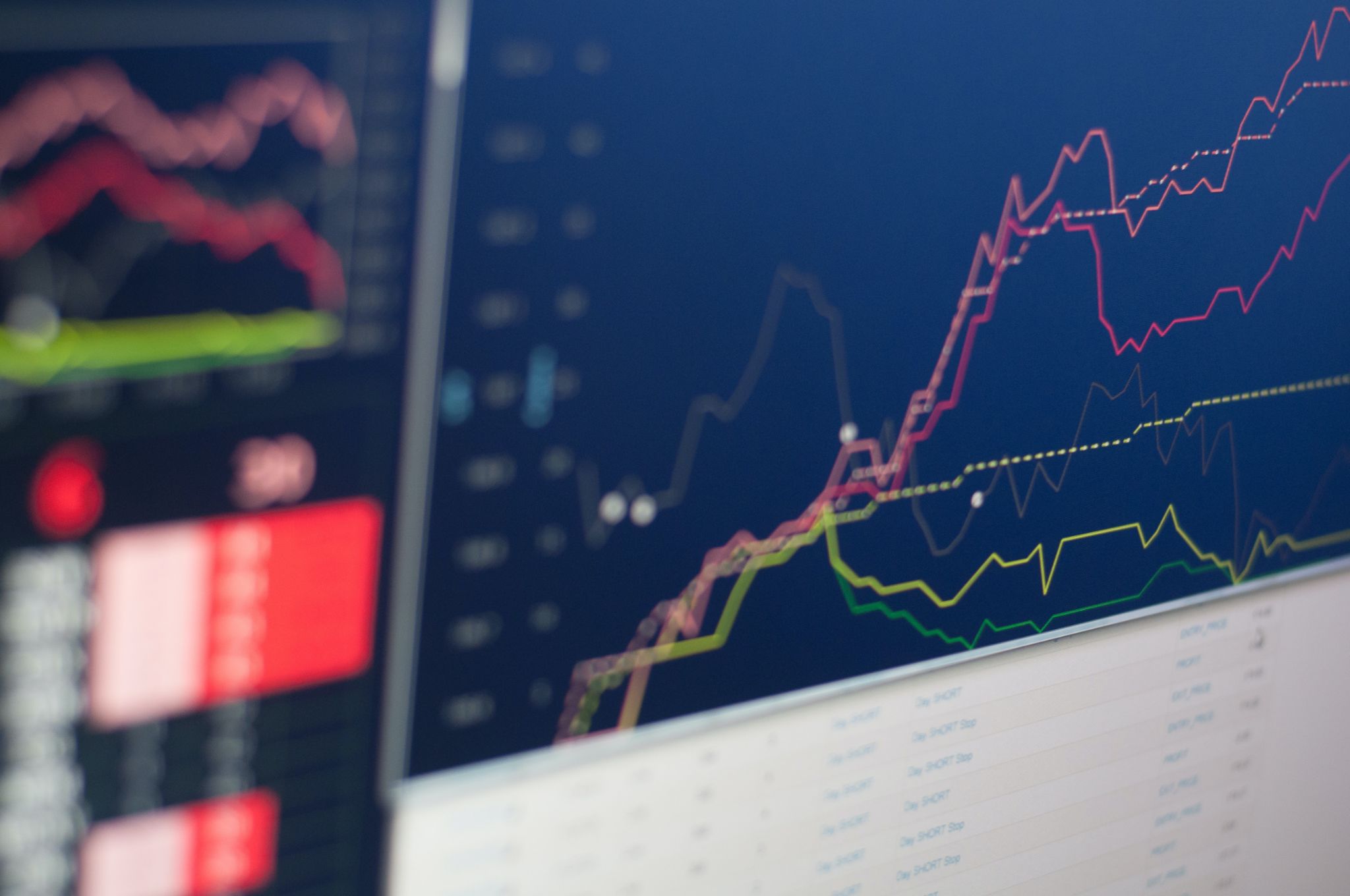
Conclusion: exploit volatility as an opportunity
Market volatility in foreign exchange trading offers both opportunities and obstacles for traders. By understanding its sources and applying proven trading tactics, traders may use market volatility to their advantage and find success in forex trading.
Consider TradingView as an invaluable asset when managing transactions and analyzing patterns in the market. With proper tools and an understanding of its volatility, TradingView allows you to successfully navigate the ever-evolving landscape of forex trading to take full advantage of the opportunities presented.



